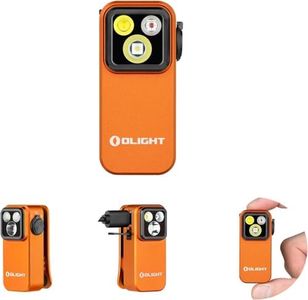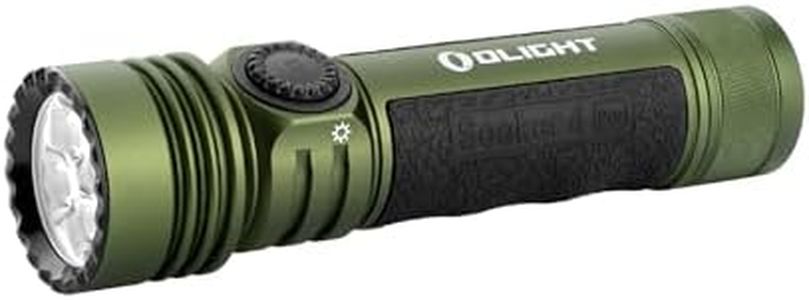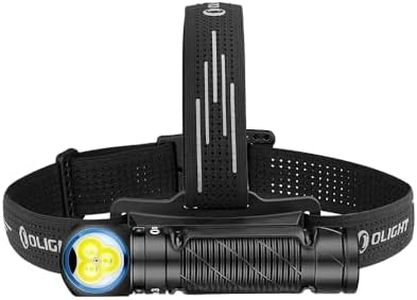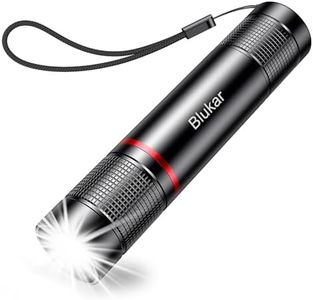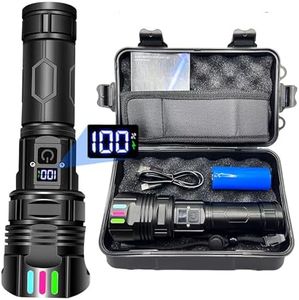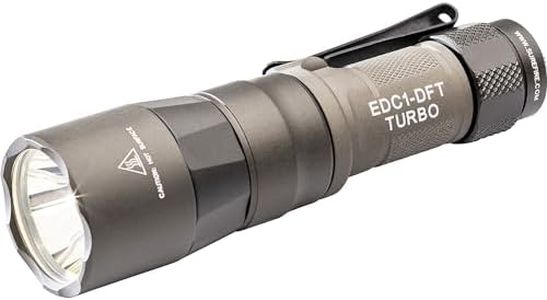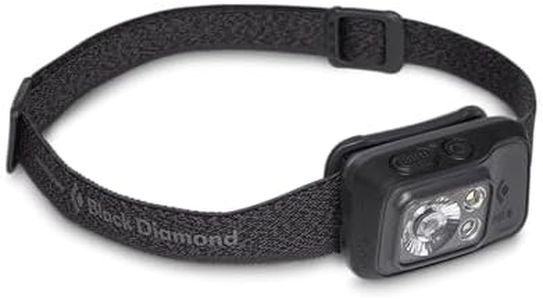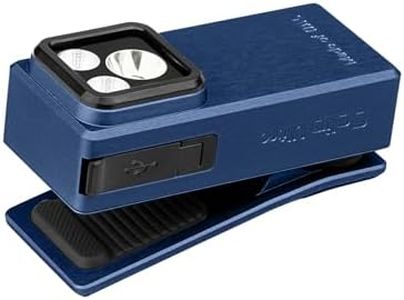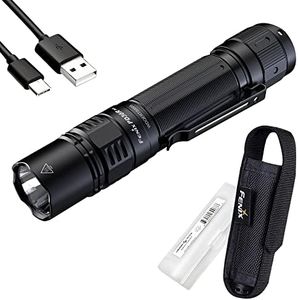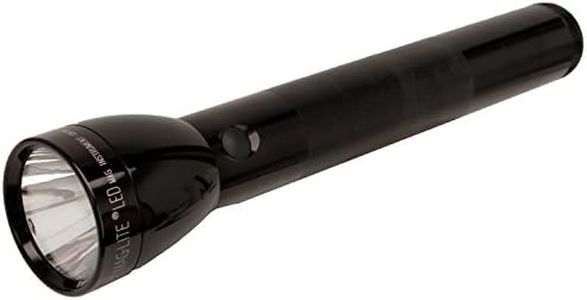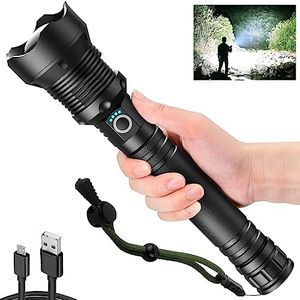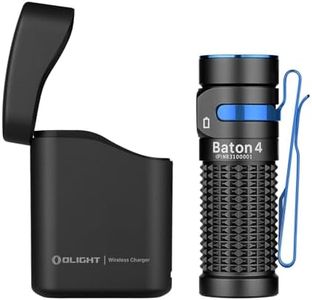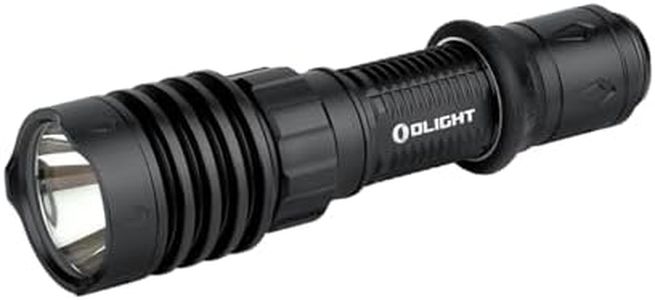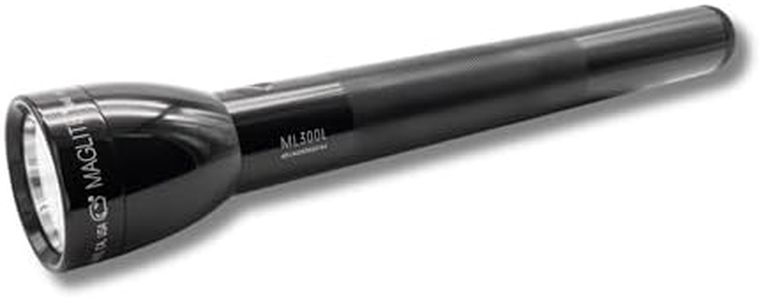We Use CookiesWe use cookies to enhance the security, performance,
functionality and for analytical and promotional activities. By continuing to browse this site you
are agreeing to our privacy policy
10 Best Flashlights
From leading brands and best sellers available on the web.Buying Guide for the Best Flashlights
Buying a flashlight might seem simple, but getting the one that fits your needs makes a big difference. Think about how and where you will use the flashlight most - for camping, home emergencies, outdoor adventures, or just to keep in the car. A good flashlight should be reliable, easy to use, and comfortable to hold. When comparing options, focus on several key features that will affect performance and convenience. Knowing a bit more about each of these will help you confidently choose the right tool.Brightness (Lumens)Brightness is measured in lumens and tells you how much light the flashlight produces. This is important because too little brightness might not be helpful in certain situations, while too much could drain batteries faster or be blinding. Flashlights under 100 lumens are great for general low-light areas at home. Between 100 and 500 lumens are suitable for walking outside at night or camping. If you need something for outdoor search, hiking, or emergency situations, look for models with 500 lumens or above. Choose brightness based on where and how you plan to use your flashlight, remembering higher isn't always better for all tasks.
Beam DistanceBeam distance indicates how far the light will shine before dimming to the brightness of a full moon, enough for safe outdoor movement. This is crucial if you need to see far ahead, like when hiking or searching in the dark. Short-range beams (up to 50 meters) are fine for home use or reading. Medium range (50-150 meters) can help for camping or nighttime walks. Long range (over 150 meters) is best for serious outdoor situations or emergencies. Pick your beam distance based on the typical environment you expect to use your flashlight.
Battery Type and LifeFlashlights use different types of batteries, such as disposable (AA, AAA), rechargeable lithium-ion, or built-in rechargeable packs. Battery type impacts how often you'll need to replace or recharge them and how expensive or convenient that will be. Disposable batteries are easy to swap but create more waste, while rechargeables save money over time and are eco-friendlier. Battery life is how long the light will last on a set of batteries. If you need your flashlight for quick uses, shorter battery life may be fine, but if you rely on it for hours (like camping or long shifts), look for longer run times and consider carrying spares or a power bank.
Durability and Water ResistanceDurability includes the build quality and ability of the flashlight to survive drops, bumps, and sometimes even water. This matters if you plan to use it outdoors, in rough conditions, or in emergencies. Water resistance is often rated (look for IPX ratings like IPX4 for splashes, IPX7 for submersion). If you will use your flashlight outside or near water, choose one with good water resistance. For home or light use, basic durability is usually enough. Match the toughness to your activities.
Size and WeightThe size and weight of your flashlight affect how easy it is to carry, use, or store. Large, heavier flashlights might be more powerful but are less convenient for pockets or bags. Small, lightweight models fit easily in a pocket or glove box and are great for everyday carry, but may have less power and shorter battery life. Think about whether you'll need to keep it with you often, or if it will mostly stay in one place (like a drawer or workshop).
Modes and ControlsMany modern flashlights offer multiple light modes, such as high, low, strobe, or SOS. These can be helpful for saving battery life or signaling for help, but can also complicate simple use. If you need flexibility—like dim lighting for reading or signaling in emergencies—look for a model with several modes. If you prefer simplicity, a single mode flashlight may be best so you don't have to cycle through options.
